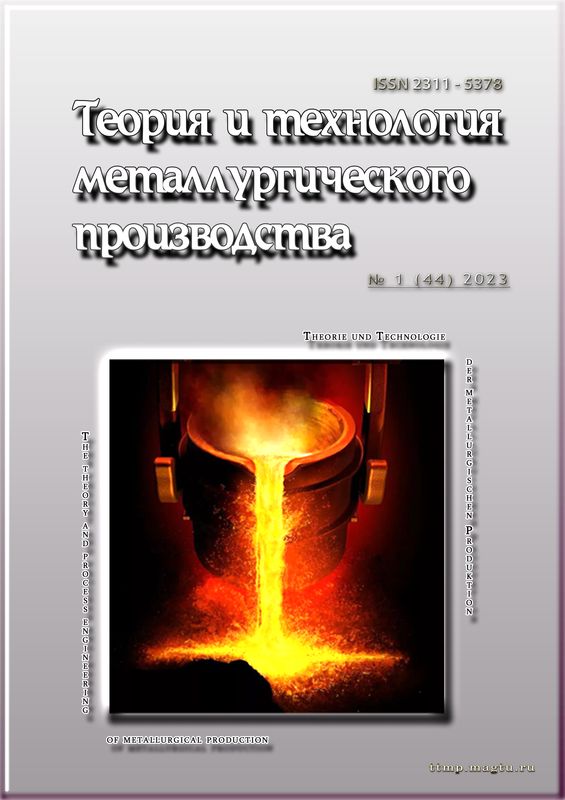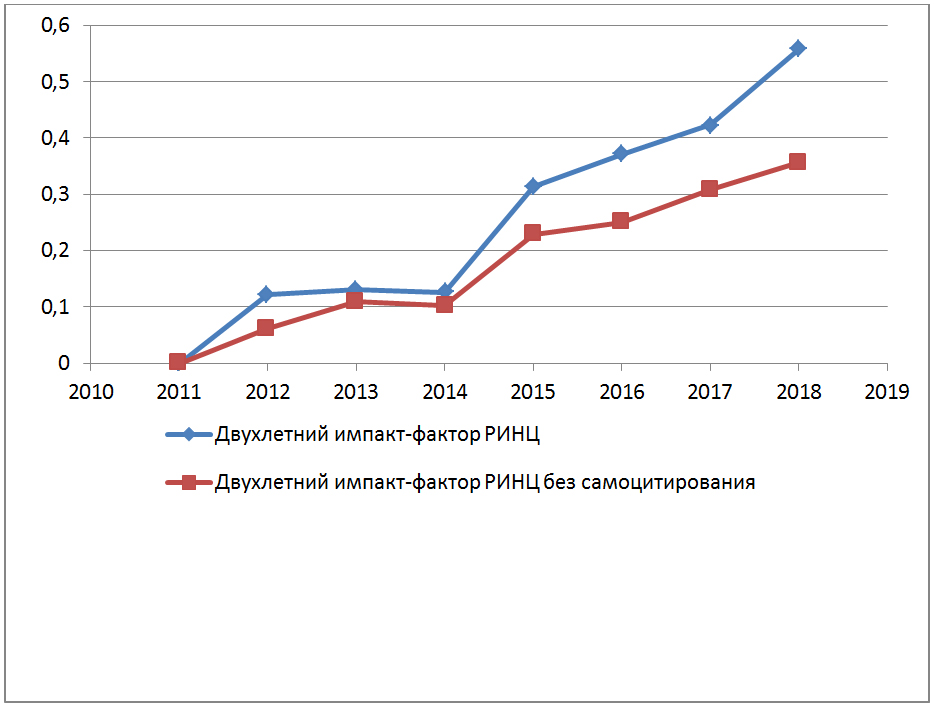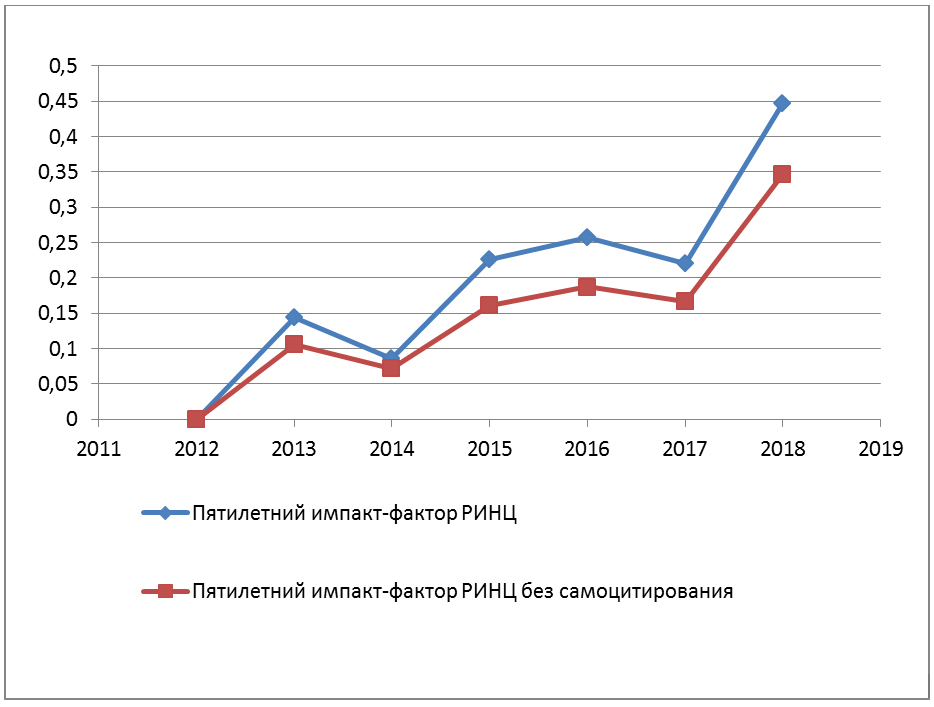download PDF
Abstract
The article considers the issue of modeling the geometry and location of the metal layer with the required performance characteristics for casting from steel 150KhNM. Mathematical calculation was carried out using the numerical solution of the heat conduction problem by the finite difference method. The study was carried out on a flat wall of the casting during its crystallization and cooling in a metal mold. The influence of the thermophysical properties of the casting and the mold on the size and position of the zone with high performance characteristics was studied. The quality of the required layer was determined by the required cooling rates of 3-7 °C in the crystallization temperature range of 1383 - 1223 °C and with cooling rates of 0.6 - 2 °C in the region of carbide formation - in the temperature range of 607 - 801 °C. The values of the considered cooling rates were determined from the literature data. It has been established that an increase in the thermal conductivity of both the casting and the wall of the steel mold (mould mold) leads to an extreme increase in the size of the layer with high performance properties with maxima at 40 W/mK and 25 W/mK, respectively. The influence of the volumetric heat capacity Cv of the casting is expressed by a decrease in the zone of high speeds with the formation of the maximum value of the zone with the required operational properties, equal to 12.7 mm. At the same time, an increase in the volumetric heat capacity of the mold increases the zone of high speeds at the maximum value of the layer size with the required performance characteristics, equal to 13.2 mm.
Keywords:
rate of cooling, thermophysical properties, casting mold, operational properties, steel 150KhNM.
Feoktistov Nikolay A. – Ph.D. (Eng.), Associate Professor, Head of the department of foundry and material sci-ence, Nosov Magnitogorsk State Technical University, Magnitogorsk, Russia. E-mail: This email address is being protected from spambots. You need JavaScript enabled to view it.
Savinov Alexander S. – D.Sc. (Eng.), Associate Professor, Director of the Institute of Metallurgy, Mechanical Engineering and Material Processing, Nosov Magnitogorsk State Technical University, Magnitogorsk, Russia. E-mail: This email address is being protected from spambots. You need JavaScript enabled to view it.
Mikhalkina Irina V. – Ph.D. (Eng.), Assistant Professor of cast process and material science department, Nosov Magnitogorsk State Technical University, Magnitogorsk, Russia. E-mail: This email address is being protected from spambots. You need JavaScript enabled to view it.
Stupak Aleksandra. А. – senior lecturer of the Department of Mechanics, Nosov Magnitogorsk State Technical University, Magnitogorsk, Russia. E-mail: This email address is being protected from spambots. You need JavaScript enabled to view it.
Osipova Olga A. – senior lecturer of the Department of Mechanics, Nosov Magnitogorsk State Technical Univer-sity, Magnitogorsk, Russia. E-mail: This email address is being protected from spambots. You need JavaScript enabled to view it.
Rud Ksenia I. – postgraduate student of foundry and material science, Nosov Magnitogorsk State Technical Uni-versity, Magnitogorsk, Russia. E-mail: This email address is being protected from spambots. You need JavaScript enabled to view it.
Elidzharova Ksenia S. – student of machines and Technologies of processing by pressure and Engineering Tech-nologies Nosov Magnitogorsk State Technical University, Magnitogorsk, Russia. E-mail: This email address is being protected from spambots. You need JavaScript enabled to view it.





